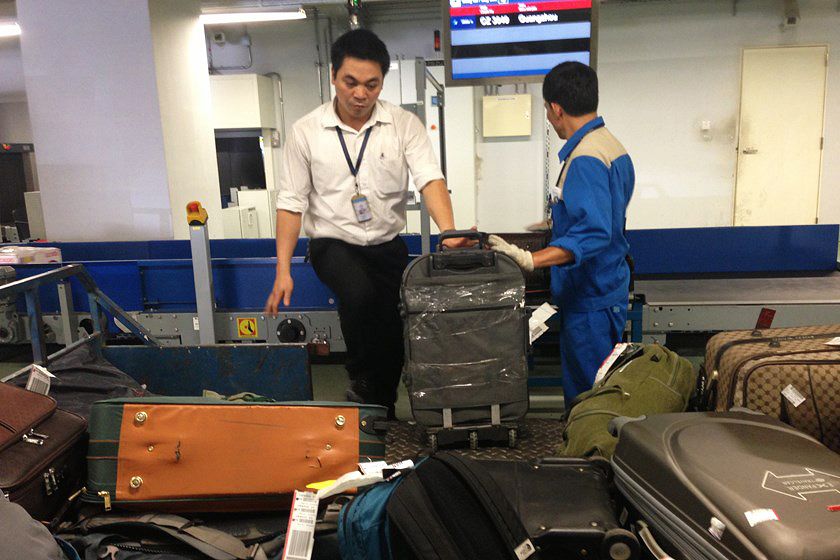Tour company Oxalis has finally received the nod from the local government to resume the installation of a ladder that would allow tourists to traverse Vietnam’s world-famous Son Doong cave from the beginning to the end.
Tuoi Tre reports that officials of Quang Binh Province recently let Oxalis build the ladder at the backend of Son Doong as well as conducting new cross-cave tours from 2018. However, tour operators are obliged to ensure the installation and usage of the ladder will not harm the cave’s intricate interior.
At the moment, when cave explorers reach the end of the Son Doong passage, they will come across a 90-meter-tall wall – dubbed “The Great Wall of Vietnam” – which is made up of centuries-old stalactites. Scaling this wall would lead travelers to the rear end of the cave.
However, this was previously impossible and tourists would have to make the trek back through the front entrance of the cave system. With the ladder in place, future Son Doong exploration tours will be one day shorter at four days and three nights.
Oxalis told the newspaper that they did a trial run of the new tour from May 21 to August 31 this year with nine different batches of tourists (188 people).
Quang Binh authorities initially suspended the ladder project in May after the public voiced concerns that construction might damage the stalactite wall. The Ministry of Culture, Sports and Tourism then required Oxalis to conduct additional impact studies before resuming the ladder installation.
Howard Limbert, Oxalis’ resident technical expert and part of the British expedition that first explored Son Doong in 2009, told Lao Dong that he was unhappy to hear about the ladder’s alleged harm to the cave.
He added that the steel ladder would be kept secure by small nails that were drilled 10 centimeters deep into the rock formation. These nails are removable when unused. 15 of these were already installed when the cave was found to facilitate exploration activities.
On its part, Oxalis reassured that the ladder solution was a suggestion made by the British Cave Research Association and its location was selected carefully so that the impact on the site is minimal.
The main reason the company gave justification for the project was to deal with emergency situations: first, it will reduce the time to vacate the cave when accidents happen from six hours to two hours; and second, when the cave floods, tourists can leave the premise right away through the ladder instead of having to wait up to four days until the water recedes.
[Photo via National Geographic]














